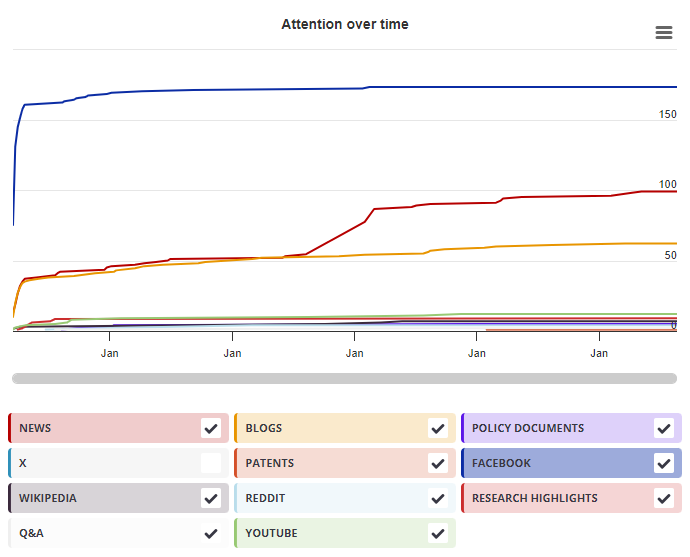In social neuroscience, empathy is often approached as an individual ability, whereas researchers in anthropology focus on empathy as a dialectic process between agents. In this perspective paper, we argue that to further elucidate the mechanisms underlying the development of empathy, social neuroscience research should draw on insights and methods from anthropology. First, we discuss neuropsychological studies that investigate empathy in inter-relational contexts. Second, we highlight differences between the social neuroscience and anthropological conceptualizations of empathy. Third, we introduce a new study design based on a mixed method approach, and present initial results from one classroom that was part of a larger study and included 28 children (m = 13, f = 15). Participants (aged 9-11) were administered behavioral tasks and a social network questionnaire; in addition an observational study was also conducted over a period of 3 months. Initial results showed how children's expressions of their empathic abilities were influenced by situational cues in classroom processes. This effect was further explained by children's positions within classroom networks. Our results emphasize the value of interdisciplinary research in the study of empathy.
